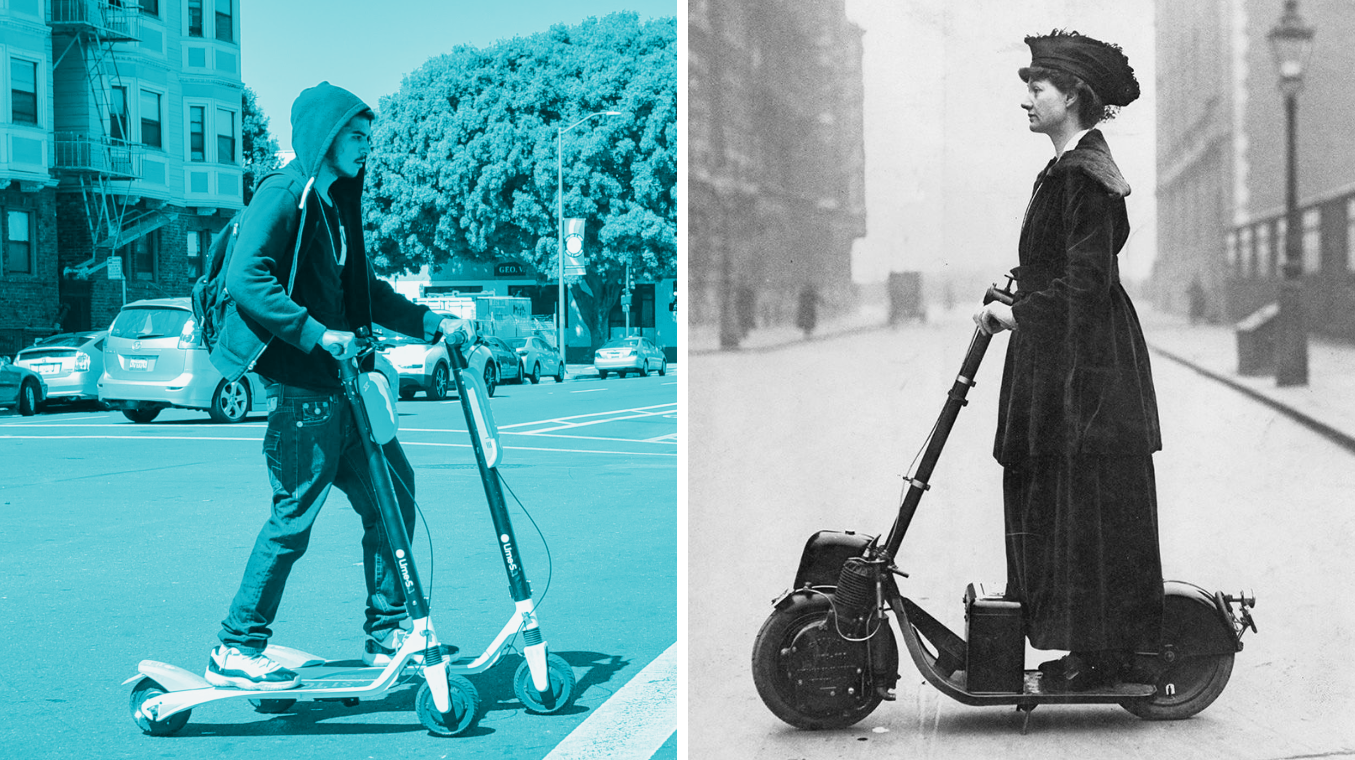How many more trips will happen if automated cars become a real thing? Austin Brown, Executive Director at the Policy Institute for Energy, Environment and the Economy at UC Davis, shared some preliminary results of an experiment they're doing to try and answer that question. They are logging how many car trips a group of people take, and then offering them a free, full-time chauffeur and observing how that number changes.
"We looked at about a dozen people and studied them for about two weeks," to see how that would change their automobile use, he explained during the "Roles for Emerging Mobility in Sustainable Transportation" panel discussion, held Wednesday evening at San Francisco's Exploratorium. "The first week was the control data, then we provided them with a personal driver." They could also send the driver and car to do errands on their own or to pick people up and bring them back to the house.
The results: "Net effect is families increased total car travel by 83 percent because they didn’t have to drive the vehicle themselves." He added that retirees saw the most pronounced increase--and they were also the ones who said they didn't anticipate using the chauffeur-driven car more than they drove themselves around.
He cautioned that the study group is small, and there may be a novelty factor. Still, the implications were clear: the damage done to cities due to the rise of Uber and Lyft, in terms of traffic increases and more emissions, could get dramatically worse in a world of robo-cars, if city and regional governments don't build better transit systems, safer streets, and policy frameworks to promote transit, bike and walking.
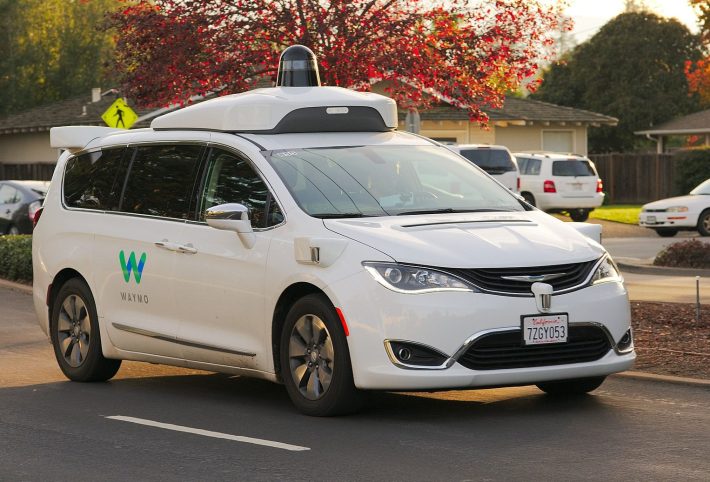
The level of damage that's already happened thanks to cell-phone hailed taxis is difficult to overstate. "We found that between 2010 and 2016, congestion increased by about 60 percent in San Francisco and about half of that was because of Uber and Lyft--the other half from economy and population increase," said Drew Cooper, a panelist with the San Francisco County Transportation Agency, which recently released its Emerging Mobility Evaluation Report. "Congestion got twice as bad as it would have been otherwise."
He added that the selling point of ride-hail services, that they would reduce overall vehicle miles traveled, just has not stood up to scrutiny. There's that argument, he explained, that "...you think you're going to take transit to work because you can take a Lyft back at the end of the night," but, he explained, those Ubers also drive around empty to pick up other passengers. "If you look at the numbers recently released by Uber, for every mile with a passenger in them, that Uber it is adding .8 miles without a passenger." That means that sometimes the transit-one-way-ride-hail back scenario doesn't actually result in a net emissions savings over driving yourself in a privately owned car. "You may as well make the whole trip by car, and you have the same impact..." on the environment, he said.
Even with scooters and bike-share schemes, the environmental benefits aren't always as clear as they seem. Cooper explained that people in trucks still have to drive around picking up, charging and redistributing scooters and share bikes, which also increases pollution. That's why the city, with its newly introduced regulations, is giving incentives for companies to re-balance with electric cars--or electric cargo bikes. In addition, "Scooters and e-bikes don’t produce tailpipe emissions, but they’re basically disposable," he said. Scooters, he added, often end up in a landfill after only a month. This has already resulted in mountains of discarded bikes and scooters.
That may point to the need for regulations, but it still doesn't compare the environmental--and health damage--done by the dominance of the automobile. "Cars and trucks moving around San Francisco generate about 71 percent of emissions," overall said Climate and Sustainability Senior Planner Tim Doherty of the San Francisco Municipal Transportation Agency. "When you combust petroleum you generate a lot of pollution." Reducing that is going to mean re-imagining streets so they are safe for biking, walking, and scootering. "We need to de-carbonize and electrify pretty much everything that's out there," he said. "But we also need to mode shift; shift people from autos to transit and walking and biking."
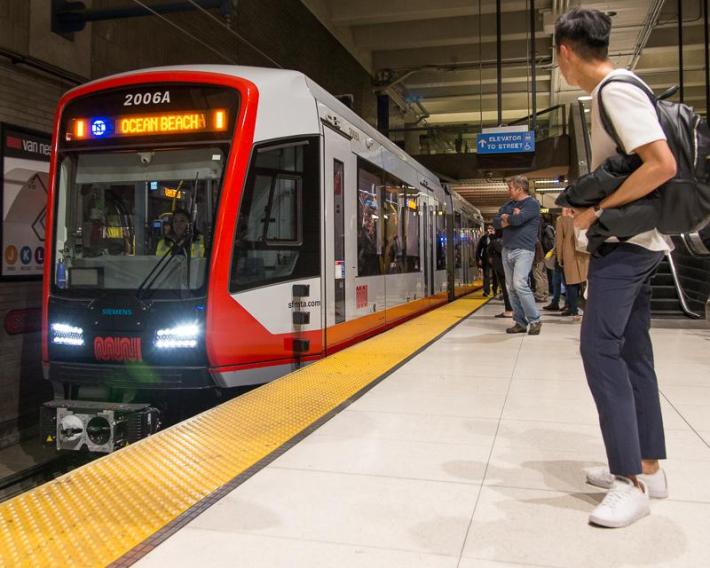
He stressed the importance of continuing to invest in bus and rail services, which contribute only a tiny percentage of emissions compared to cars and still move far more people in San Francisco than scooters or any other form of new mobility. The city also wants to make streets feel safer so more people feel comfortable riding bikes. But the city is failing so far. "We recognize that the public ROW is dangerous," he admitted. "In 2019, have 22 fatalities, and we’re only in September, we’ve got big challenges ahead of us in how we manage the streets."
That danger also manifests in ways that aren't as visible as motorists running down pedestrians and cyclists. "Unhealthy environments take a toll on our bodies," said Dan Woo, a policy specialist in the Climate Change and Health Equity Program at the California Department of Public Health.
"Around 23,000 deaths a year in California are attributable to a lack of psychical activity," he said. "If there were ever a silver bullet in terms of being healthy, physical activity comes close." He argued that it's possible for people to increase their health without going to the gym--just cycle and walk instead of driving. But if you build communities without sidewalks or sufficient lighting, then people don't have those options. "From a public health perspective, you really want to see new mobility services help promote active modes rather than replacing them... we have a continuing need for planning that puts people first."
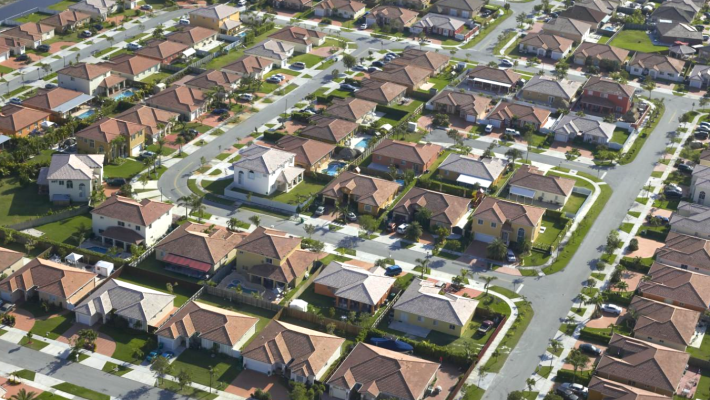
There's also, of course, a huge equity component to that. As TransForm's Clarrissa Cabansagan pointed out, a disproportionate number of black and brown people, thanks to the high-cost of housing, have been forced into outlying areas where transit is all-but unusable and streets are built for driving almost exclusively. They may have grown up in the city center, where they were accustomed to using transit, she added, but now "They’re buying a car because that’s the only way to move around."
This situation is made even worse, she explained, by the 27-disparate transit operators in the Bay Area, and the lack of coordinated fares. As a result, it's often cheaper to buy a car and drive than spend money on multiple fares, say on AC Transit, BART, and Muni. Car ownership, however, is fraught with unexpected repair bills, high insurance premiums, and predatory loans, further driving people into poverty. That takes away more money people desperately need for basic needs, such as housing. "We’re seeing the rise of the mega-commute," she said, adding that people are commuting from as far away as Tracy to find ways to rent and buy affordable housing and make ends meet.
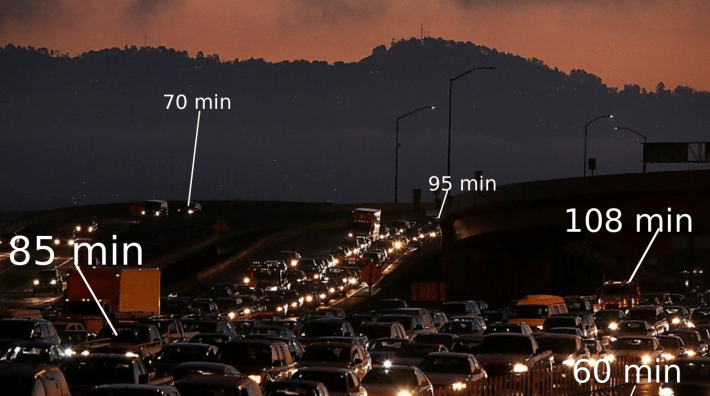
And thanks to so many decades of building sprawling environments without adequate transit and bike and pedestrian infrastructure, it's become unrealistic to try and get most Bay Area residents to completely abandon their cars--at least not in the short term. She said the only way to get people in the suburbs to drive less, may be by encouraging them to use bike-share on the weekends. She likened over-dependence on the automobile to eating an unbalanced diet, which, although damaging to health, has to be corrected one portion of vegetables at a time, over a long period. "We built our systems to be all red meat, so we must encourage people to eat outside their meat diets."
The takeaway from the panel: for one, most of the "new mobility" technologies aren't actually new. Yes, GPS and smartphones have changed how they're used, but as Cabansagan explained with the picture in the lead image of a woman on a scooter 100 years ago, these things aren't actually as "new" as we sometimes think.
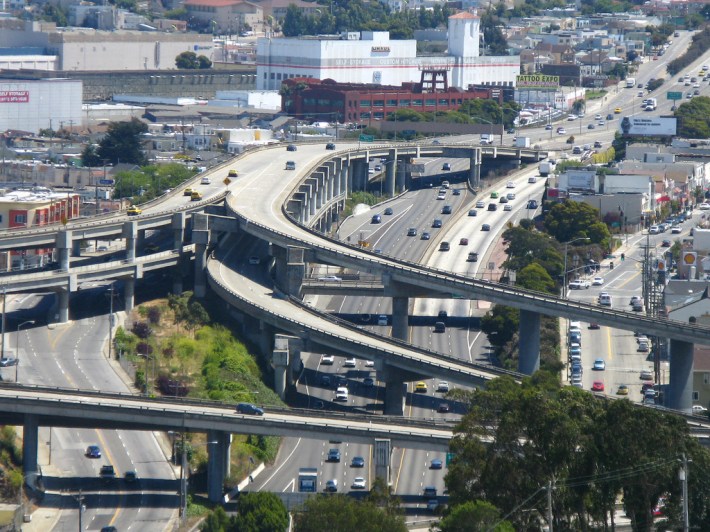
Even automated cars are still cars. As such, they require roads to operate, such as San Francisco's Alemany maze seen above. But decades of building highways like this cuts off communities and makes walking and biking difficult if not impossible. We've also forced developers to bundle parking with apartments and homes, and otherwise subsidizing driving to such an extreme, it has led to the near-complete dominance of the automobile. And if these evolving technologies aren't properly managed the enormous damage our "autotopias" have caused in terms of air pollution, diabetes, and the carnage on our streets and highways is only going to get worse.
Brown argued, however, that we don't have to let new mobility options, such as automated vehicles, roll over our cities and make all our problems worse. That's why, said the panelists, we should continue to develop transit systems that have proven their ability to move mass numbers of people. We should build streets that prioritize scooters, bikes, and walking, not large automobiles. Shifting those policy frameworks, argued the panel, can get us to a place where streets everywhere are safe for walking and biking, transit is accessible to all, and car ownership can be nice, rather than necessary. And those policy changes can be tailored to exploit and address new mobility options.
In other words, there's a chance to hit the reset button with new mobility and do better than we did in the 1950s and 60s, during the freeway building age. And it would be a crime to miss that opportunity. "There's an urgency to get a policy frameworks in place to align incentives with the effects technologies might have on society," said Brown. "But we’re so far from doing that."
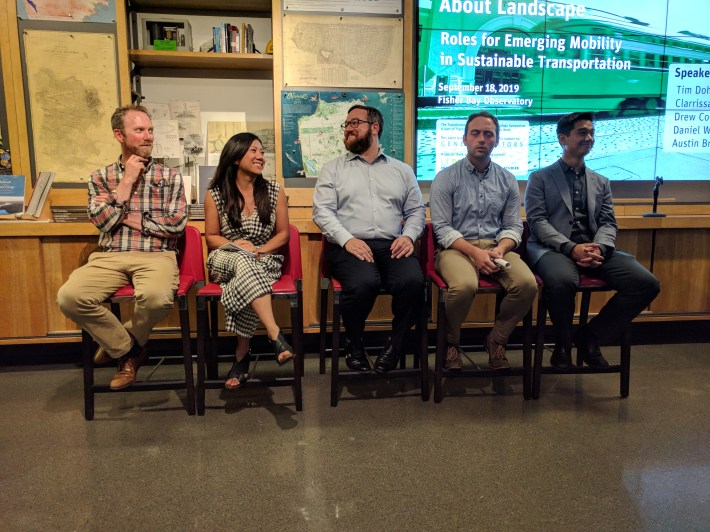
The Exploratorium is hosting two more events this week on the future of transportation. Check out their calendar here.
